Effective Strategies for Lowering Your Triglycerides
Triglycerides are fat particles in the bloodstream that form when the body converts excess sugar—especially refined carbohydrates—into stored energy. If these extra calories aren’t burned through activity, triglycerides accumulate in fat cells or the liver, increasing the risk of obesity, heart disease, and stroke. Approximately 25% of American adults have elevated triglyceride levels, defined as over 200 milligrams per deciliter. Common causes include genetics, obesity, insulin resistance, type 2 diabetes, high-carb and high-fat diets, excessive alcohol consumption, a sedentary lifestyle, hypothyroidism, renal disease, and certain medications. The good news? There are effective, science-backed strategies to help lower triglycerides and improve overall health. We’ve expanded our list from 10 to 20 proven methods that can help you bring your triglyceride levels down naturally. Whether through dietary adjustments, lifestyle changes, or smarter habits, these strategies can make a meaningful difference in your heart health.
1. Follow A Low Carbohydrate Diet
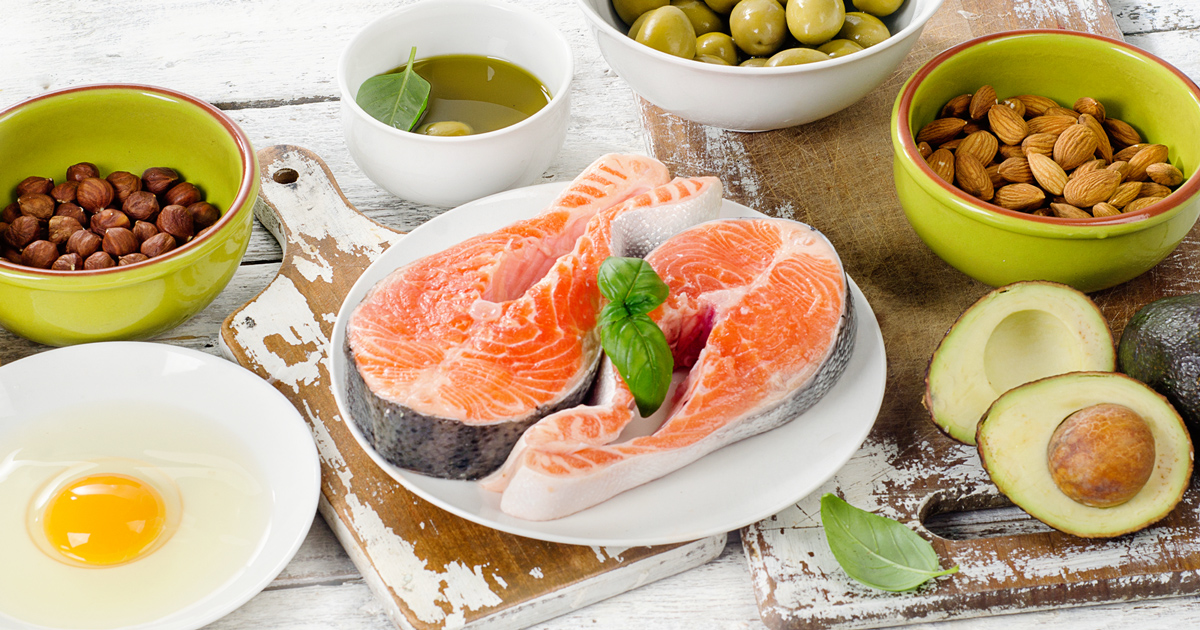
The same as added sugar, high amounts of carbohydrates in an individual's diet are also turned into triglycerides and used as fat for energy. A study conducted in 2006 was done to look at how varying levels of carbohydrate consumption can increase or decrease triglycerides. The study found if individuals follow a low carbohydrate diet with about twenty-six percent of calories from carbs, showed lower triglycerides as compared to the group who had a higher carbohydrate intake with up to fifty-four percent of calories from carbs. A second study focused on the long term effects of both low and high carbohydrate diets across one year. The individuals who ate low carbohydrate diets experienced greater weight loss and lower triglycerides. Another 2003 study was done to compare low fat versus high carbohydrate diets. After six months, the conclusion of the study was the low carbohydrate group showed a triglyceride decrease of thirty-eight mg/dL (0.43 mmol/L), while the low-fat group only had a seven mg/dL (0.08 mmol/L) decrease of triglycerides.
2. Reduce Intake Of Sugar

Added, processed sugar, which is found within most packaged foods and drinks these days, like carbohydrates, is also converted into triglycerides. A study conducted fifteen years ago found individuals who reduced their sugar intake, with twenty-five percent or more of their caloric diet being from sugar, were twice as likely to die from heart disease than individuals who get less than ten percent of their daily calories from sugar. Naturally, other studies show children who consume added sugar have higher triglycerides. However, this is reversible, as more than one study has shown lowering carbohydrate and sugar intakes results in a triglyceride decrease.
3. Increase Fiber Intake

Fiber is a necessary nutrient, as it helps lower the absorption of sugar and fat in the small intestine, which, in turn, serves to decrease triglycerides. Researchers have found eating rice bran fiber as a supplemental fiber source lowered triglycerides in diabetes patients by seven to eight percent. A separate study tried to understand to what extent high and low fiber diets affected triglyceride levels. It concluded the low fiber diets resulted in a forty-five percent increase in triglycerides within six days. When switched to a high fiber diet, triglycerides dropped back down to healthy levels. Foods high in fiber include fruits, vegetables, whole grains, nuts, cereals, and legumes.
4. Avoid Trans Fats, But Increase Unsaturated Fats

Trans fats describe a type of artificial fat added to foods to extend their shelf life. This human-made fat is typically found in fried and baked goods made with hydrogenated oils. In addition to their being an inflammatory, which causes multiple health issues, such as increases of low-density lipoprotein cholesterol and an increased risk of heart disease, trans fats are also known to increase triglycerides. Two separate studies found the participants who followed a diet that was moderate to high in trans fats showed higher triglycerides, whilst when on a diet full of unsaturated oleic acids, the participants showed significantly lower triglycerides. The easiest way to avoid trans fats but increase unsaturated fats is to reduce intake of highly processed, baked, and fried foods.
5. Exercise On A Regular Basis

Aside from the many health benefits of exercising on a regular basis, aerobic exercise, in particular, helps to create high-density lipoprotein (good) cholesterol. In turn, high-density lipoprotein cholesterol helps lower triglycerides. Studies also have shown when weight loss is achieved due to regular exercise, triglycerides tend to decrease in even larger amounts. One study took a look at how jogging for two hours every week over four months altered triglycerides. After four months, the joggers experience significantly lower triglycerides. Walking, jogging, bicycling, swimming, and various forms of yoga are all aerobic exercises.
6. Eat Fatty Fish Twice A Week
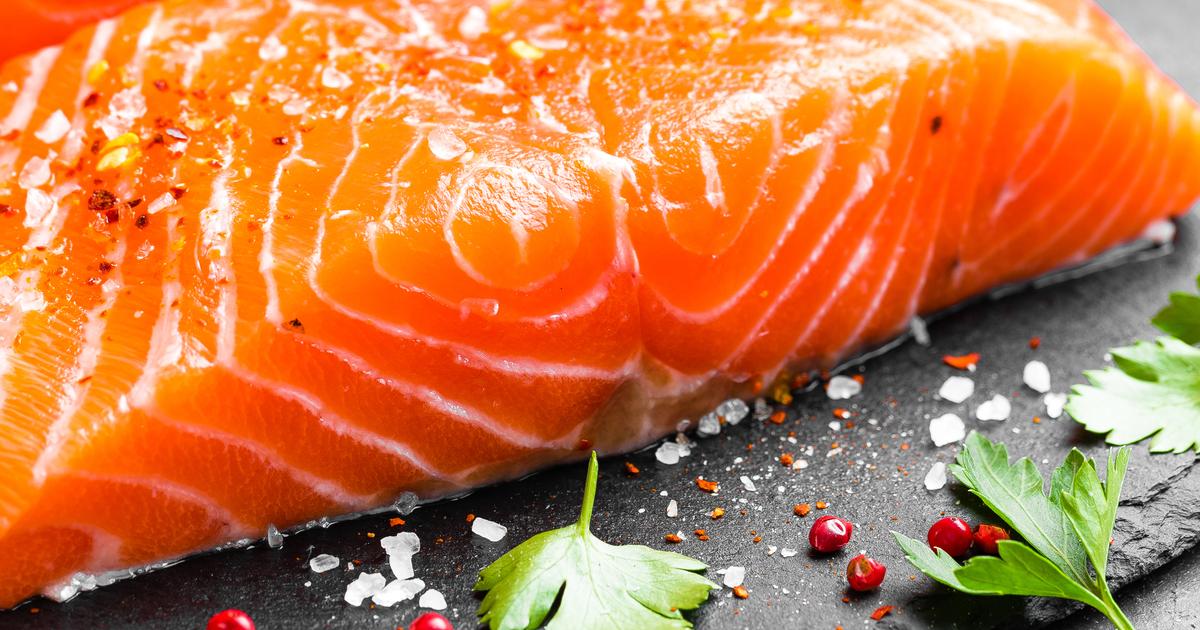
Researchers have found individuals can lower their triglycerides quite well if they eat fatty fish twice a week. Fatty fish can benefit an individual's overall cardiovascular health because of the omega-3 fatty acids. These acids are an essential part of an individual's diet. The American Heart Association and the Dietary Guidelines for Americans both recommend two fatty fish servings each week. One study found doing this may decrease an individual's risk of heart disease-related death by as much as thirty-six percent. In 2016, a study was done that indicated two servings of salmon per week had a significant decreasing effect on the levels of triglycerides in the blood. In addition to salmon, fish high in fatty acids include tuna, mackerel, sardines, and herring.
7. Lose Excess Weight

It's possible losing excess weight will lower an individual's overall triglyceride levels. When the body consumes more calories than necessary, the excess calories are converted into triglycerides, which are then stored in fat cells. By burning excess fat, individuals release the triglycerides and lower their risk of cardiovascular disease. In addition, healthy diet choices decrease an individual's chances of excess calorie consumption, which means they won't add significantly to their triglyceride levels. Some research indicates losing five to ten percent of one's body's weight leads to a decrease in triglycerides of up to forty milligrams per deciliter. Even if some of the weight is regained later, weight loss can have a long-lasting effect on an individual's overall triglyceride levels.
8. Eat Some Tree Nuts
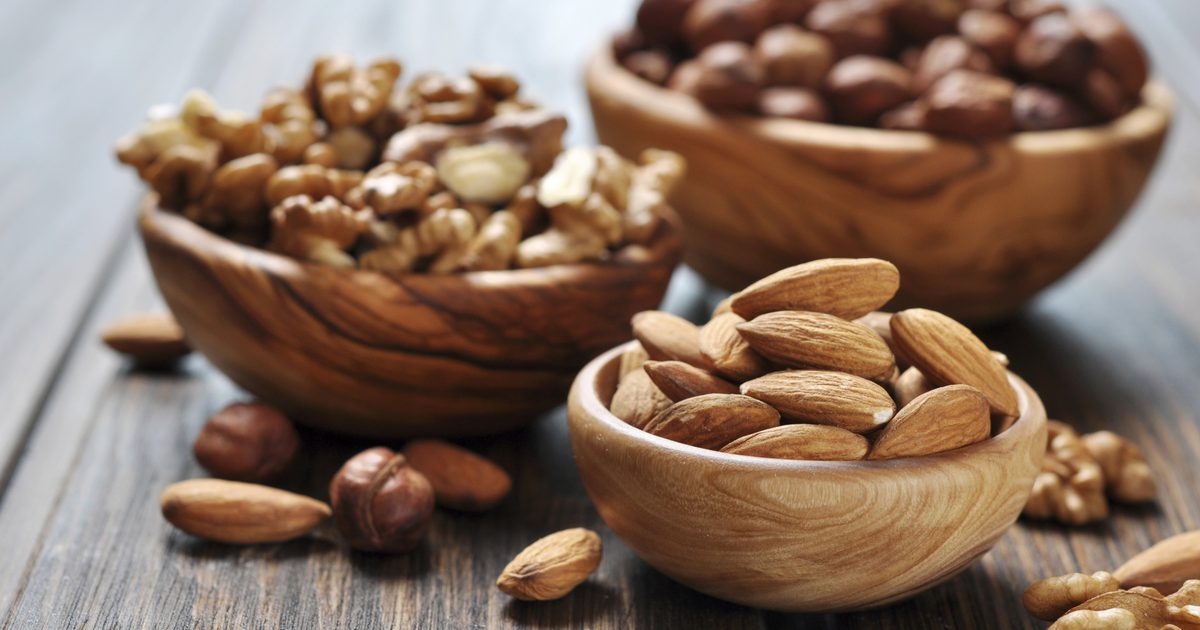
Individuals may be able to lower their triglyceride levels if they eat some tree nuts, provided they are not allergic. These nuts provide unsaturated fats, omega-3 fatty acids, and fiber in concentrated doses. These three components are all linked to decreased triglyceride levels. When researchers compiled the results of sixty-one studies, they found every tree nut serving could decrease triglyceride levels by an average of 2.2 milligrams per deciliter. In another study with 2,226 participants, tree nut intake led to modest triglyceride decrease. One serving of nuts isn't actually very many, since nuts are calorie-dense foods. Some common tree nuts are macadamia nuts, Brazil nuts, pistachios, cashews, walnuts, pecans, and almonds. Researchers believe the health benefits are the greatest if individuals consume three to seven servings of tree nuts each week.
9. Take Fish Oil
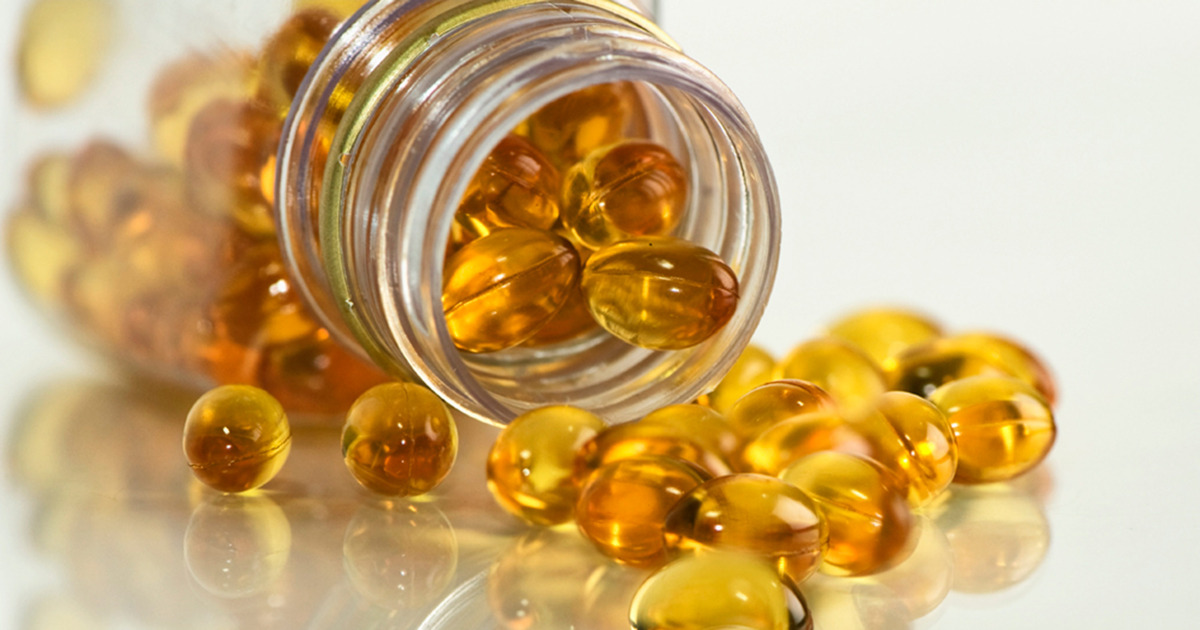
Studies show individuals can decrease their blood triglycerides if they take fish oil supplements. Fish oil is available in most grocery stores and pharmacies as an over-the-counter dietary supplement. The supplements effects on cardiovascular health have been well-studied and documented. One study showed adding fish oil supplements to a regular diet could decrease triglycerides by an average of forty-eight percent. Like fatty fish, fish oil supplements have high levels of omega-3 fatty acids. There are other cardiovascular benefits besides decreased triglyceride levels as well. Fish oil increases 'good' cholesterol without increasing 'bad' cholesterol. It reduces elevated levels of blood pressure, reduces the risk of fatal arrhythmias, and might prevent the development of artery-hardening plaques.
10. Turn To Medication

If lifestyle and diet changes haven't had a significant enough impact on an individual's triglyceride levels, they can turn to medication to help. There are a few different medications that can lower triglycerides, both on a quick basis and on a more long-lasting level. Fibrates and nicotinic acid can both lower triglyceride levels. If individuals take high omega-3 doses, this can have a marked impact on their triglycerides levels, but high doses should always be taken with a doctor's supervision. There are prescription-level omega-3 medications. Depending on a patient's health needs, a doctor might also prescribe a statin medication to lower a patient's overall cholesterol levels and improve cardiovascular health. Prescription-strength nicotinic acid is vitamin B3 given in high and concentrated doses. Meanwhile, fibrates lower the body's production of triglycerides and boost 'good' cholesterol.
11. Drink Green Tea for Its Antioxidant Power

Swapping out sugary drinks for green tea can do wonders for your triglyceride levels and overall heart health. Green tea is packed with catechins, a type of antioxidant that has been shown to lower triglycerides and reduce LDL (bad) cholesterol while increasing HDL (good) cholesterol. A study found that drinking green tea daily led to a noticeable drop in triglyceride levels among participants, making it a simple and effective addition to a heart-healthy diet. The powerful antioxidants in green tea also help combat oxidative stress, which contributes to inflammation and cardiovascular disease. Green tea has an added benefit of gently boosting metabolism, which can aid in weight management—another key factor in maintaining healthy triglyceride levels. Best of all, it’s easy to incorporate into your daily routine. Aim for at least one to two cups per day, either hot or iced, to reap its heart-protective benefits without added sugars.
12. Try Intermittent Fasting to Reset Your Metabolism

Intermittent fasting (IF) isn’t just a trendy weight-loss method—it’s a powerful tool for lowering triglycerides and improving overall metabolic health. IF involves cycling between periods of eating and fasting, allowing the body to shift from constantly digesting food to burning stored fat, including triglycerides, for energy. Studies show that intermittent fasting can significantly reduce triglyceride levels, improve insulin sensitivity, and lower inflammation, all of which are crucial for heart health. Popular fasting approaches include the 16:8 method (fasting for 16 hours and eating within an 8-hour window) or alternate-day fasting. One study found that participants who practiced IF for just a few weeks experienced lower triglyceride levels and better blood sugar regulation. The beauty of IF is its flexibility—you can adjust your eating window based on your lifestyle. Combined with a balanced diet, intermittent fasting can be a sustainable way to keep triglycerides in check and enhance overall well-being.
13. Incorporate More Plant-Based Proteins
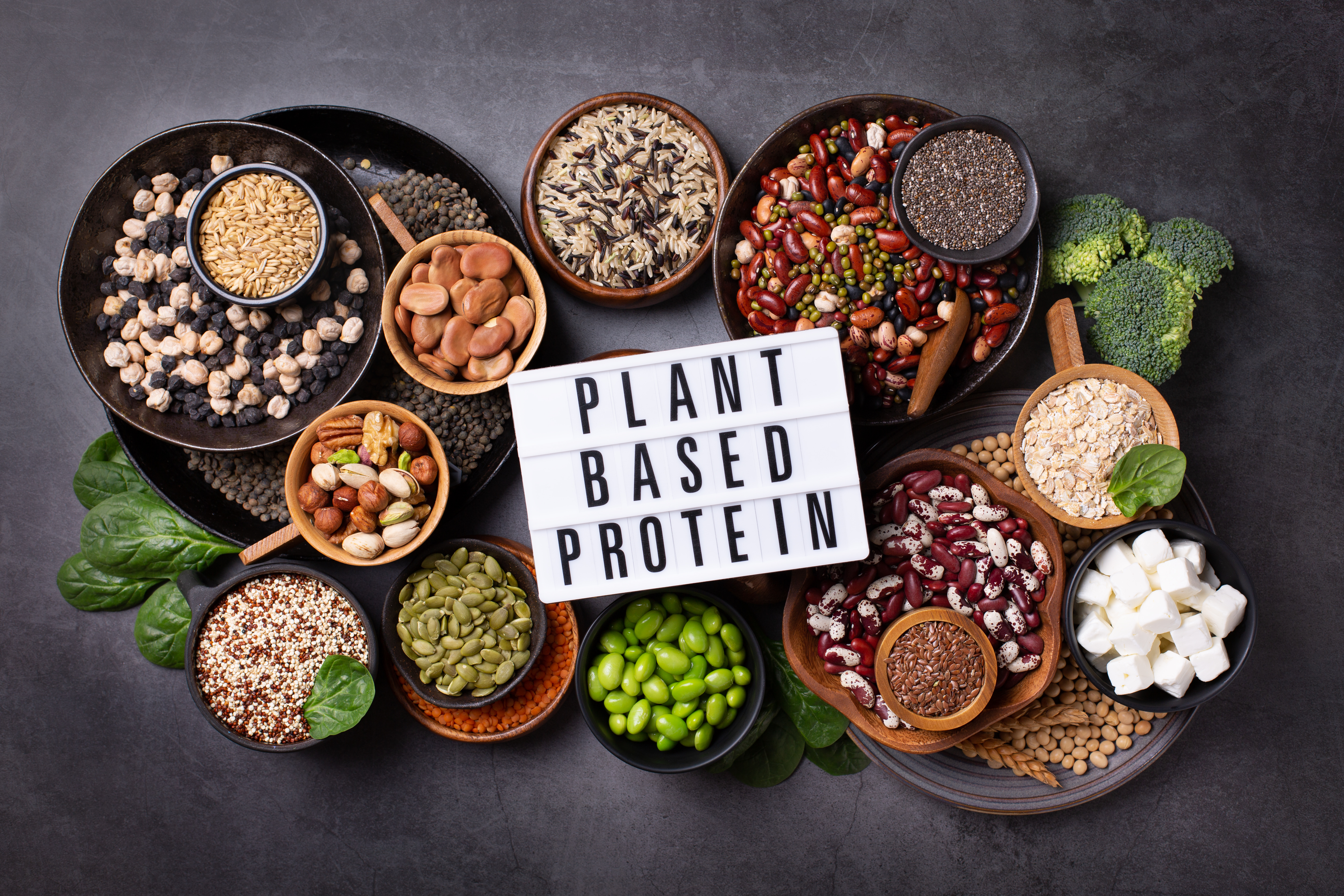
Reducing your reliance on red meat and incorporating more plant-based proteins into your diet is a smart move for lowering triglycerides and supporting heart health. Unlike animal proteins, which can be high in saturated fats, plant-based proteins like lentils, beans, quinoa, tofu, tempeh, and chickpeas provide essential nutrients, fiber, and healthy fats without the cholesterol-raising effects of red meat. Studies show that replacing animal proteins with plant-based options can lead to significant reductions in triglyceride levels over time. Fiber, which is abundant in plant-based proteins, helps slow the absorption of sugar and fats in the bloodstream, preventing triglyceride spikes. Additionally, plant-based diets are naturally rich in antioxidants and anti-inflammatory compounds, which further support cardiovascular health. You don’t have to go fully vegetarian—simply incorporating more meatless meals each week can have a meaningful impact on your triglyceride levels and overall health.
14. Take a Daily Walk After Meals

Exercise doesn’t have to mean high-intensity workouts or hours at the gym. Something as simple as a 15- to 30-minute walk after meals can help regulate blood sugar, improve lipid metabolism, and prevent excess triglyceride buildup. Studies suggest that post-meal walks encourage the body to use available energy instead of storing it as fat, which is crucial for maintaining healthy triglyceride levels. Walking after eating also enhances digestion and helps stabilize insulin response, both of which contribute to better heart health. Plus, it’s a great way to de-stress, boost mood, and get fresh air. Making this a habit can be as easy as taking a stroll around your neighborhood, walking the dog, or using it as a time to listen to a favorite podcast. Over time, this simple habit can make a noticeable difference in triglyceride levels, energy balance, and overall cardiovascular well-being.
15. Cut Back on Ultra-Processed Foods
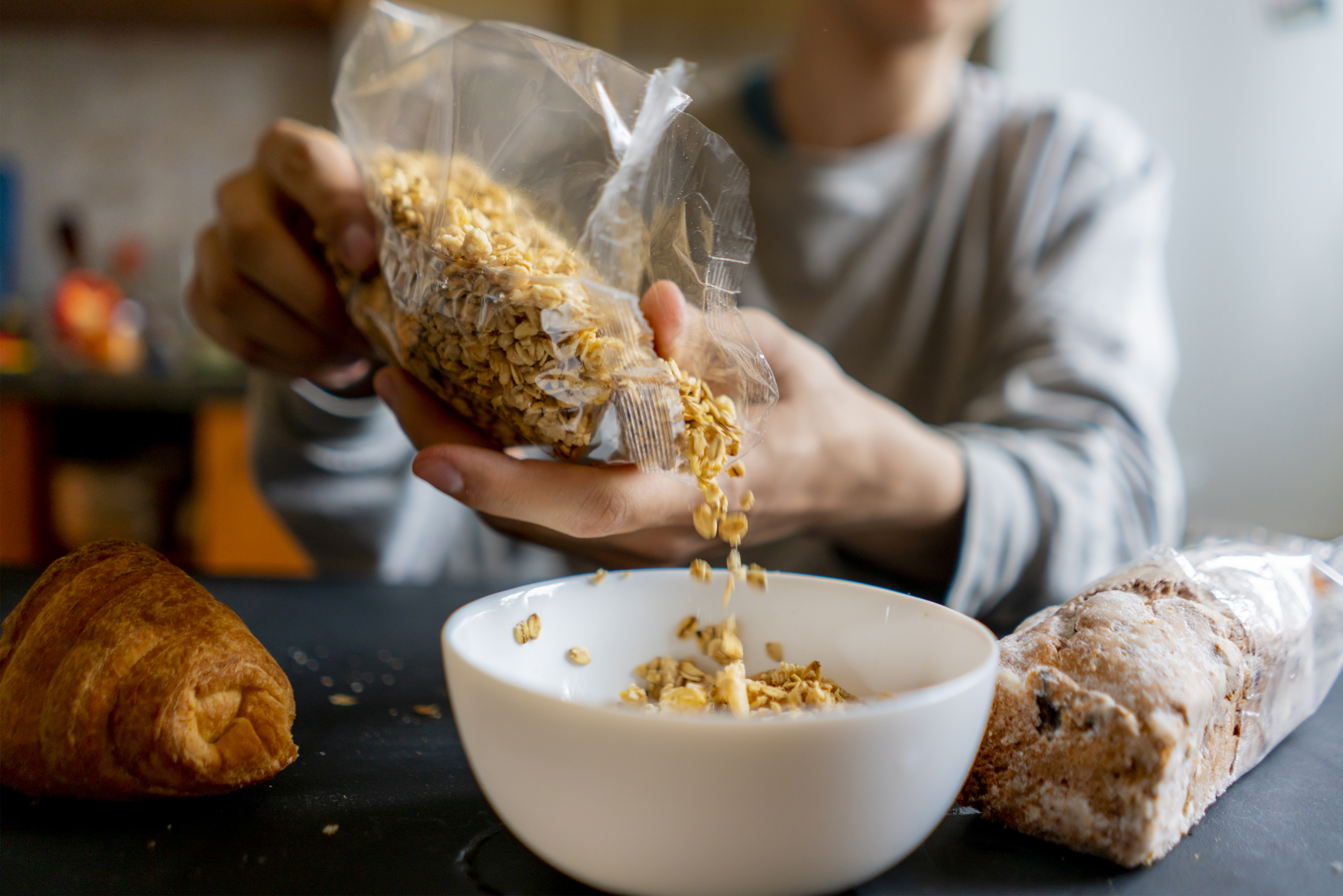
Ultra-processed foods—those with artificial additives, preservatives, and unhealthy fats—are among the biggest contributors to high triglyceride levels. Packaged snacks, frozen meals, sugary cereals, fast food, and sodas often contain hidden sugars, trans fats, and refined carbohydrates that wreak havoc on metabolism and encourage fat storage in the liver and fat cells. Studies have found that diets high in processed foods lead to significant increases in triglycerides, insulin resistance, and inflammation. On the other hand, choosing whole, unprocessed foods—like fresh fruits, vegetables, whole grains, lean proteins, and healthy fats—can help regulate triglycerides naturally. Cooking at home, reading ingredient labels, and avoiding items with excessive sugar or hydrogenated oils are simple yet effective ways to clean up your diet. By cutting back on ultra-processed foods and focusing on real, nutrient-dense meals, you’ll not only improve your triglyceride levels but also support long-term heart and metabolic health.
16. Prioritize Sleep for Better Metabolic Health

Getting quality sleep is often overlooked when it comes to managing triglycerides, but research shows that poor sleep can have a direct impact on metabolic health and fat storage. Sleep deprivation leads to an increase in stress hormones like cortisol, which can stimulate the liver to produce more triglycerides and disrupt insulin function. Over time, this can contribute to higher levels of fat in the blood, increasing the risk of heart disease, obesity, and diabetes. Additionally, lack of sleep has been linked to an increase in appetite-regulating hormones, causing cravings for high-fat, high-sugar foods that further spike triglycerides. To support heart health, aim for 7–9 hours of quality sleep each night by maintaining a consistent sleep schedule, limiting screen time before bed, and creating a relaxing nighttime routine. Prioritizing restful sleep not only helps regulate triglycerides but also improves overall well-being, energy levels, and cognitive function.
17. Manage Stress with Mindfulness and Deep Breathing

Chronic stress doesn’t just affect mental well-being—it has a profound impact on heart health and triglyceride levels. When stress levels rise, the body produces excess cortisol, a hormone that signals the body to store fat, particularly in the liver, leading to higher triglycerides. Over time, chronic stress can also contribute to inflammation, weight gain, and insulin resistance, all of which increase the risk of cardiovascular disease. Fortunately, mindfulness practices such as meditation, deep breathing exercises, and yoga have been shown to counteract these effects by lowering cortisol levels and promoting relaxation. Just a few minutes of mindful breathing or guided meditation each day can help regulate stress hormones and improve metabolic health. Journaling, spending time in nature, and engaging in creative hobbies can also be effective ways to reduce stress and support a heart-healthy lifestyle. Making stress management a daily priority can be a powerful tool for lowering triglycerides naturally.
18. Use Apple Cider Vinegar as a Natural Metabolism Booster

Apple cider vinegar (ACV) has gained popularity for its numerous health benefits, including improving digestion, regulating blood sugar levels, and promoting fat metabolism. Some studies suggest that regular ACV consumption may help lower triglyceride levels by enhancing insulin sensitivity and reducing fat accumulation in the liver. The acetic acid in apple cider vinegar has been found to support metabolic health by slowing down the digestion of carbohydrates, preventing blood sugar spikes, and reducing the likelihood of excess sugar being converted into triglycerides. To incorporate ACV into your routine, try mixing one tablespoon of raw, unfiltered apple cider vinegar with a glass of water and drinking it before meals. This simple habit can aid digestion, curb appetite, and contribute to better lipid metabolism. However, it’s important to use ACV in moderation and dilute it properly to prevent potential damage to tooth enamel and digestive irritation.
19. Spice Things Up with Turmeric and Cinnamon

Certain spices, such as turmeric and cinnamon, are packed with powerful anti-inflammatory and metabolic-boosting properties that can help lower triglycerides and improve overall heart health. Turmeric contains curcumin, a potent compound known for its ability to reduce blood fats, enhance liver function, and fight oxidative stress. Studies suggest that regular consumption of curcumin can lead to significant reductions in triglyceride levels, making it a valuable addition to a heart-healthy diet. Similarly, cinnamon has been shown to improve insulin sensitivity, which plays a crucial role in regulating blood sugar and preventing excess triglyceride buildup. Adding these spices to meals, smoothies, or teas is a simple way to enhance flavor while reaping their health benefits. A warm cup of turmeric tea or a sprinkle of cinnamon on oatmeal can be an easy and delicious way to incorporate these powerful ingredients into your daily routine.
20. Eat More Avocados for Heart-Healthy Fats
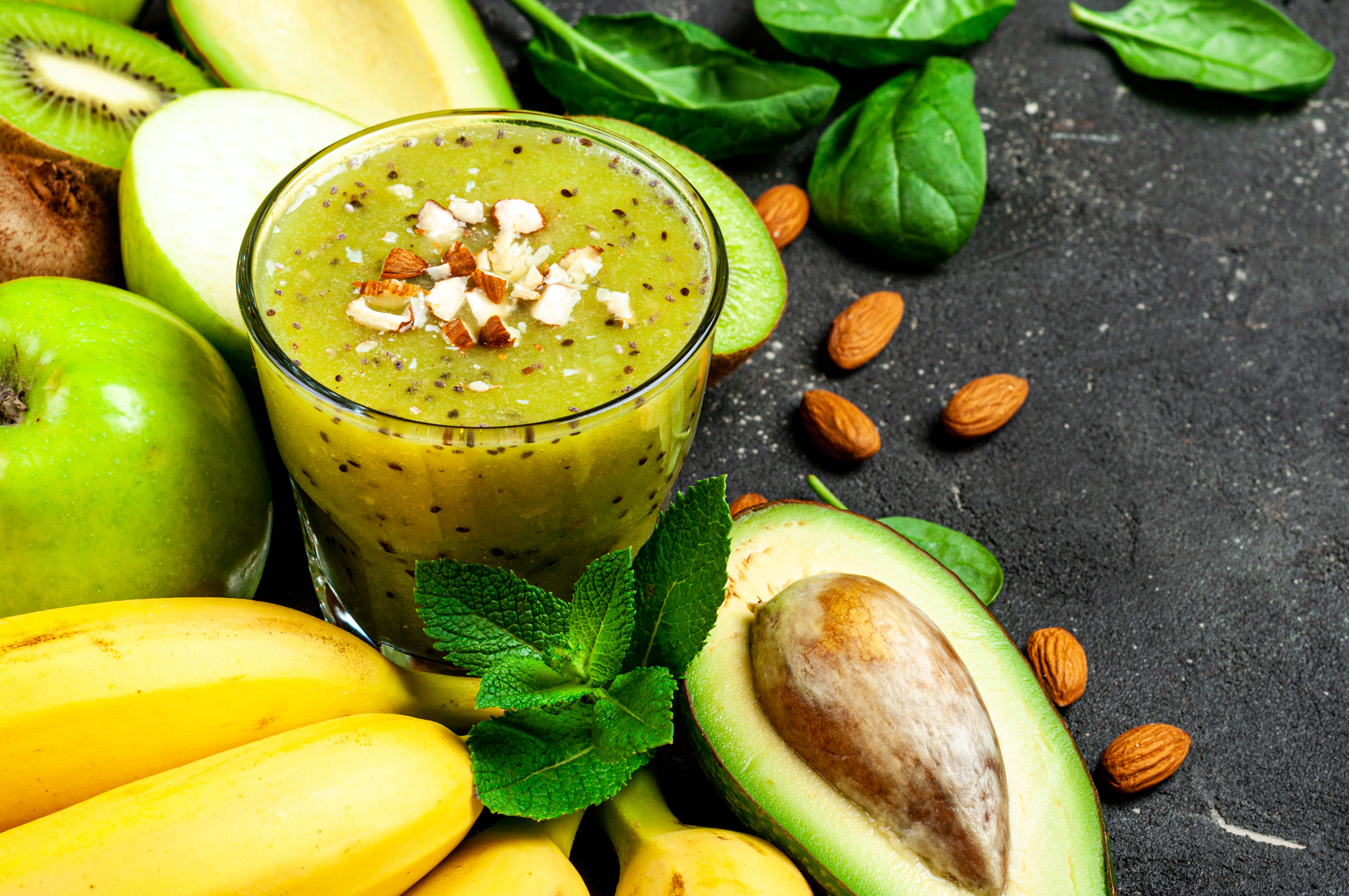
Unlike many high-fat foods that contribute to elevated triglyceride levels, avocados are rich in heart-healthy monounsaturated fats, which have been shown to lower bad cholesterol (LDL) and triglycerides while increasing good cholesterol (HDL). Studies indicate that incorporating avocados into a balanced diet can significantly improve lipid profiles, making them a valuable addition for those looking to optimize heart health. Beyond their healthy fats, avocados are also packed with fiber, potassium, and antioxidants, which support overall metabolic function and help reduce inflammation. Whether blended into smoothies, added to salads, spread on whole-grain toast, or eaten on their own, avocados provide a satisfying and nutrient-dense option for maintaining healthy triglyceride levels. Plus, their creamy texture and mild flavor make them an easy and versatile ingredient to enjoy in a variety of dishes.
A Healthier Heart, One Step at a Time

Lowering your triglycerides doesn’t have to feel overwhelming. By making small, intentional changes—like choosing whole foods, staying active, managing stress, and getting quality sleep—you can gradually improve your heart health and overall well-being. Each of these 20 strategies offers a simple, practical way to reduce triglycerides while supporting a healthier lifestyle. Whether it’s incorporating more fiber, drinking green tea, or adding a daily walk after meals, the key is consistency. These steps don’t just lower triglycerides; they also reduce the risk of heart disease, improve metabolism, and boost energy levels. The best part? You don’t need to implement them all at once—start with a few that feel manageable and build from there. Over time, these habits will become second nature, leading to long-term benefits for your heart and health. Your journey to better well-being starts today—one smart choice at a time.
